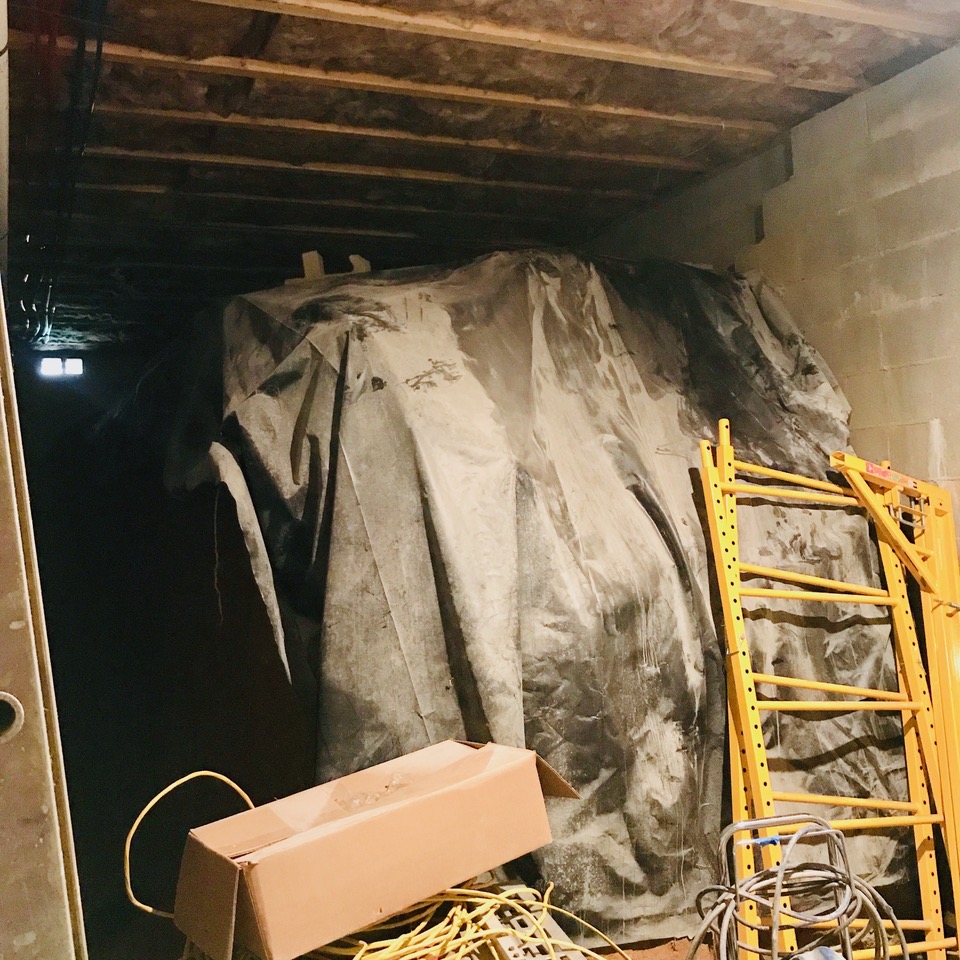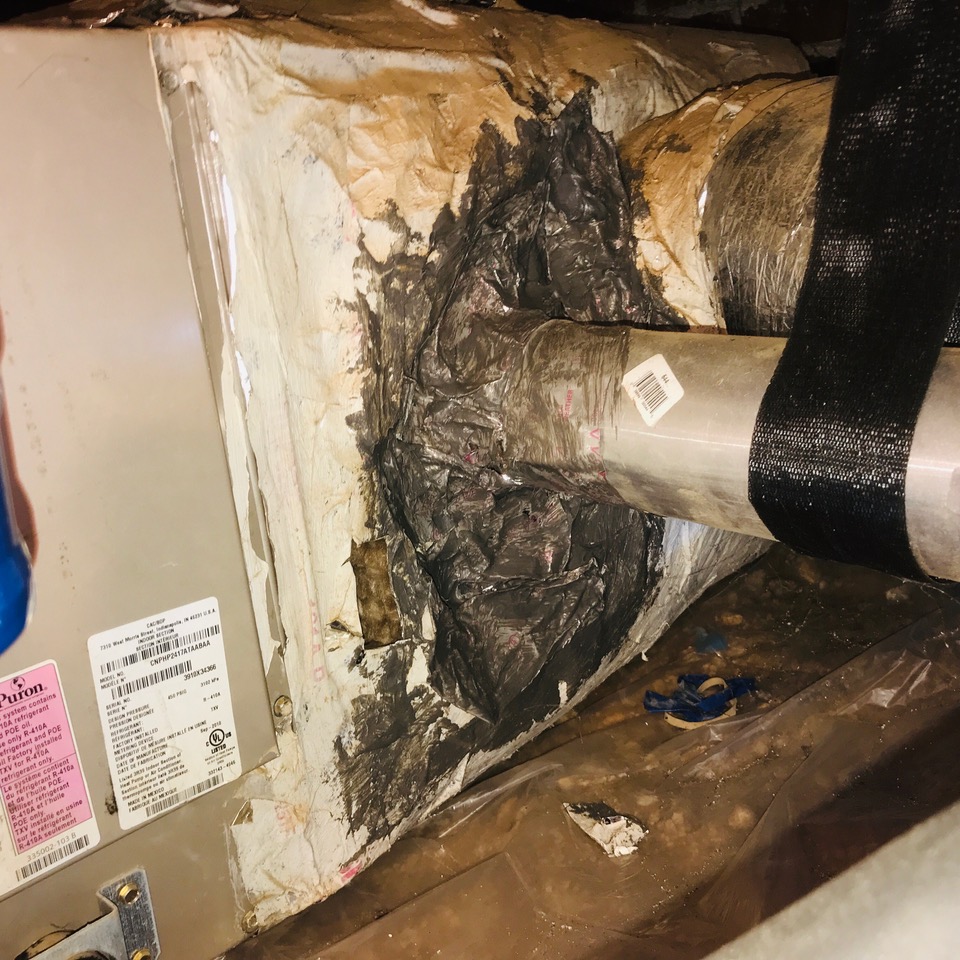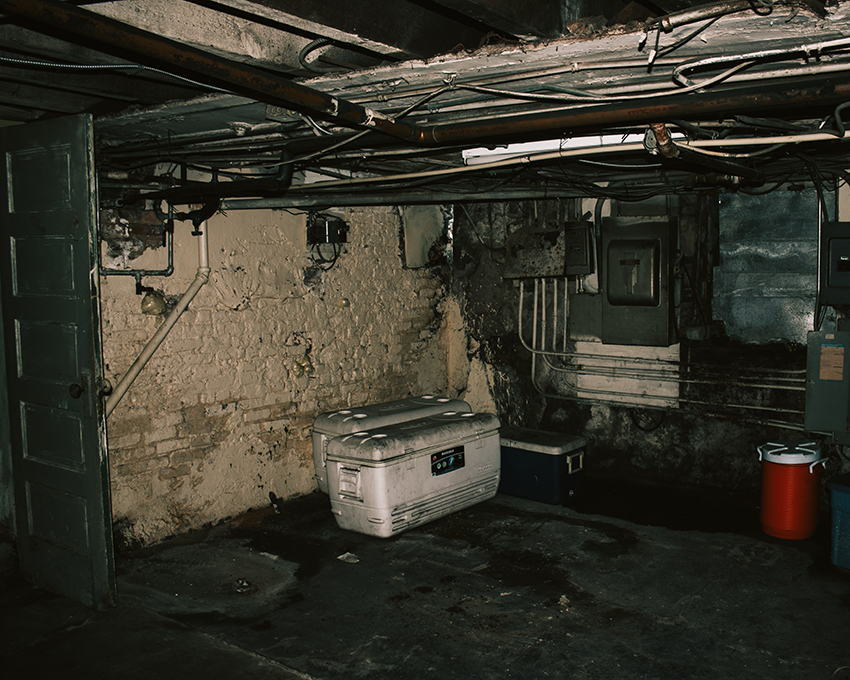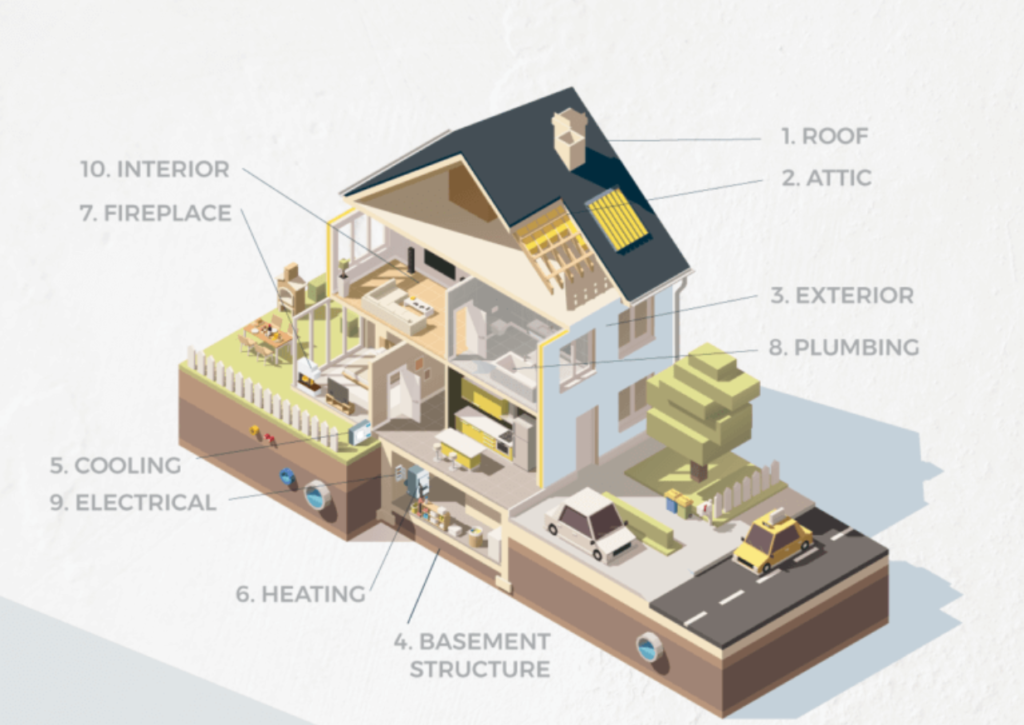
A common question that customers ask home inspectors is, “What is included in a home inspection?” Home inspections are essential to the process of buying and selling homes. Financing may hinge upon the findings and subsequent remediation of issues that may be found during inspections. If you’re in the market as a buyer or seller, a home inspection will soon be on your agenda.
Here in part 2, we’ll take a look at:
- Basements/crawlspaces
- Heating and cooling
- Fireplaces/stoves
- Plumbing
- Electrical
- Interior doors and windows
Look out below!
Not all homes have basements. Some have crawlspaces, and some are built on slabs. A lot of basements are dimly-lit spaces with bare concrete or block walls – places to house the water heater, furnace, electrical panel, or HVAC system. For a home inspector, basements are a great vantage point from which to gain valuable insights into the overall health of your home. From visible cracks in the foundation, to water stains, to telltale signs of pest invasion, a basement tells a story to an inspector’s trained eyes.
Then there are “finished basements,” with all the amenities, that serve as recreation rooms, home office space, or even separate guest quarters. Since these have finished walls and floor coverings, they can hide issues from the inspector. Still, there are signs, such as a musty smell or dampness, that signal the picture isn’t as rosy as it may appear.
Your inspector checks the foundation for cracks in the walls and floor, and gaps in the fitting of doors and windows. Another sign of foundation damage can be seen outside the basement in uneven ceilings and roof structures.
Unfinished basements can reveal excess moisture and signs of leaks. The inspector looks for leaking pipes, water seepage through windows or wall cracks, and telltale evidence of past flooding and water damage. If the basement ceiling is the subfloor for the level above, the inspector will check for structural integrity and the condition of the insulation. If the insulation is hanging loose and damp, there is a problem with excess moisture, which can penetrate the home.
Basements with water issues or poor air circulation can negatively affect air quality in the rest of the home. The two major issues are the presence of mold from excess moisture and the presence of radon gas in the ground or water supply. Moist, leaky basements usually signal the arrival of pests, such as insects or rodents, which can be potential health hazards.
What’s crawling around down there?
Your crawlspace should be safe and clean. Your inspector must be able to enter safely to check for:
- Foundation cracks
- Moisture and mold
- Wiring problems
- Framing issues
- Insect and vermin infestations
- Ventilation
- Vapor barriers
- Asbestos or other hazardous materials
The first important step in a crawlspace inspection is that the inspector needs to be able to enter safely. Assuming the entry is large enough to pass through, the inspector will first look inside to see if there are exposed construction materials, exposed nails, unprotected electrical wires, standing water, or a strong smell of mold. If these are present, the inspector will not go inside, and the crawlspace will not pass inspection.
Failing a crawlspace inspection is not a Shakespearean tragedy. Chances are good your inspector can make recommendations to remedy the situation.
Can your home FAIL an inspection?
The short answer is NO. However, poor inspection reports may be reasons for axing the deal or renegotiating price. See our blog on this topic for more information.
Blowing hot and cold
Your home inspection will include a check of the HVAC system. HVAC stands for heating, ventilation, and air conditioning. The system includes the integrated components of the home’s heating and air conditioning system, including main units, air handlers, pipes, ducts, electrical components, and central thermostat. It keeps your home warm in winter and cool in summer, and it also regulates indoor air quality and removes excess moisture through a cycle of inside-outside air circulation.
Home inspectors will check the overall condition of the HVAC system, but they can only inspect what they can see. This includes what can be seen in crawlspaces and attics, such as ducts and vents. Some elements are hidden in walls or under floors, such as pipes and electrical components.
Things that are invisible to the inspector are not included in the inspection. That being said, an experienced inspector knows how to spot signs of potential hidden defects. He may use a moisture detector to pinpoint dampness. Considering the cost of HVAC repair or replacement, it is worth the price to hire an experienced inspector for peace of mind.
Your HVAC system requires regular maintenance. Click here for a handy month by month guide to HVAC maintenance.
Fireplaces and wood stoves
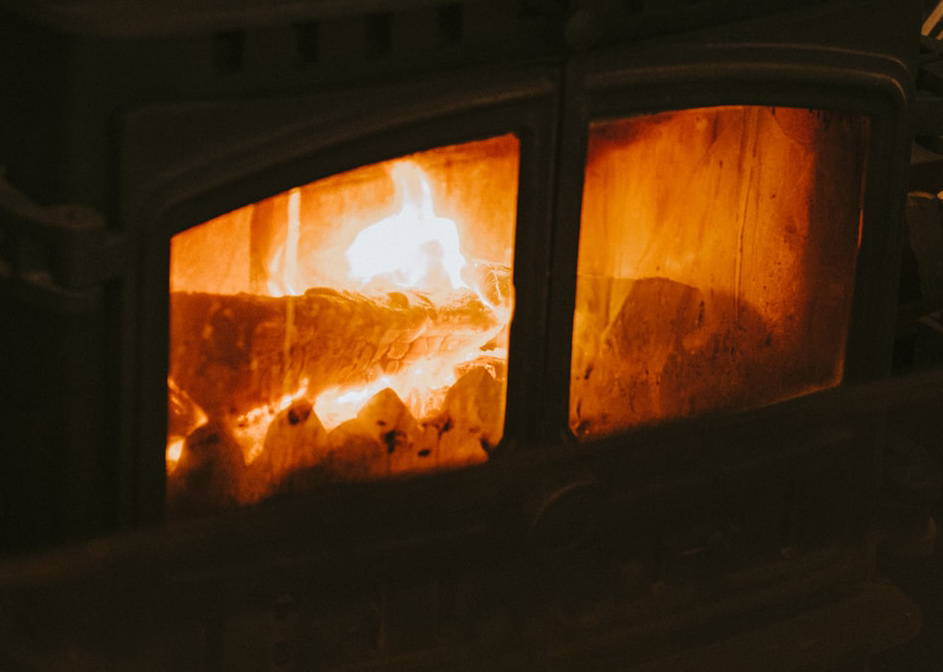
For many people, winter means it’s time to light the fireplace or woodburning stove. Your HVAC system may keep your home at a steady temperature, but nothing warms your bones on a cold night like a bright, crackling wood fire.
Woodburning appliances must not be taken lightly. My Chimney reports more than 20,000 chimney fires in the U.S. each year. Some are not apparent until an inspector finds the blackened evidence. Others burn so hot that they take out part or all of the home in a fiery blaze. If that’s not bad enough, there’s always the risk of carbon monoxide poisoning. That’s why it’s good to have an inspector check out the appliance and chimney before you buy a home, and that’s why we call in the services of a chimney specialist if your home requires a stove, fireplace, or chimney inspection.
If the stove or fireplace is used regularly, it should be visually inspected and cleaned each fall before fire season sets in. Chimney and stove pipe brush kits available at home stores, but if you’re not comfortable on a ladder or on the roof, then you’d be better off calling in a chimney sweep each fall before winter sets in.
The pipes, the pipes…
What does a home inspector look for in a home’s plumbing system? Generally, the inspector will check all sinks, toilets, bathtubs, showers, and outdoor spigots to ensure they are working properly. This also includes installed systems throughout the house. This means anything attached to the home that would require tools for removal, such as a sump pump for removing moisture from the basement.
The inspector checks for leaks or evidence of leaks. A seasoned inspector knows exactly where to look on floors, along the foundation, and on basement walls. Leaking water may indicate that pipes require repair or replacement before they cause water damage to foundations, floors, and ceilings.
I’ve got the power!
Another area of inspection is the home’s electrical system. Once again, the inspector can only check what can be seen. Wiring problems behind walls can be overlooked, however the inspector may find electrical issues in attics, basements, or crawlspaces, such as exposed wires or improper junctions.
The inspector will visit each room and turn on all lights and electrical fixtures. He or she may do a tactile inspection of wall outlets and receptacle plates to ensure they are not warm to the touch. Finally, the inspector will check the main breaker panel to ensure there are no overloaded breakers or faulty connections. Some older homes still have fuses, rather than breaker panels. If the fuse box is very old, the inspector may recommend that the system be checked by a licensed electrician for safety and peace of mind.
Windows and doors
On the interior side of windows, the inspector will determine if the thermal seal is broken (the glass is going cloudy or there is moisture between the panes). Windows should operate smoothly and not fall when let go, and they should lock securely. There should be no cracked or broken panes, water staining of the wood, and the windows should be painted or stained to protect the wood. Weather stripping around doors and windows must be intact and in place securely.
As you can see, a home inspection is serious business! Without a favorable inspection, a buyer may not be able to secure financing and insurance.
Buying or selling a home?
Avoid unpleasant surprises! Contact Asheville Home Inspector Peter Young before signing any contracts. Call (828) 808-4980, or click the link below to make an appointment.

